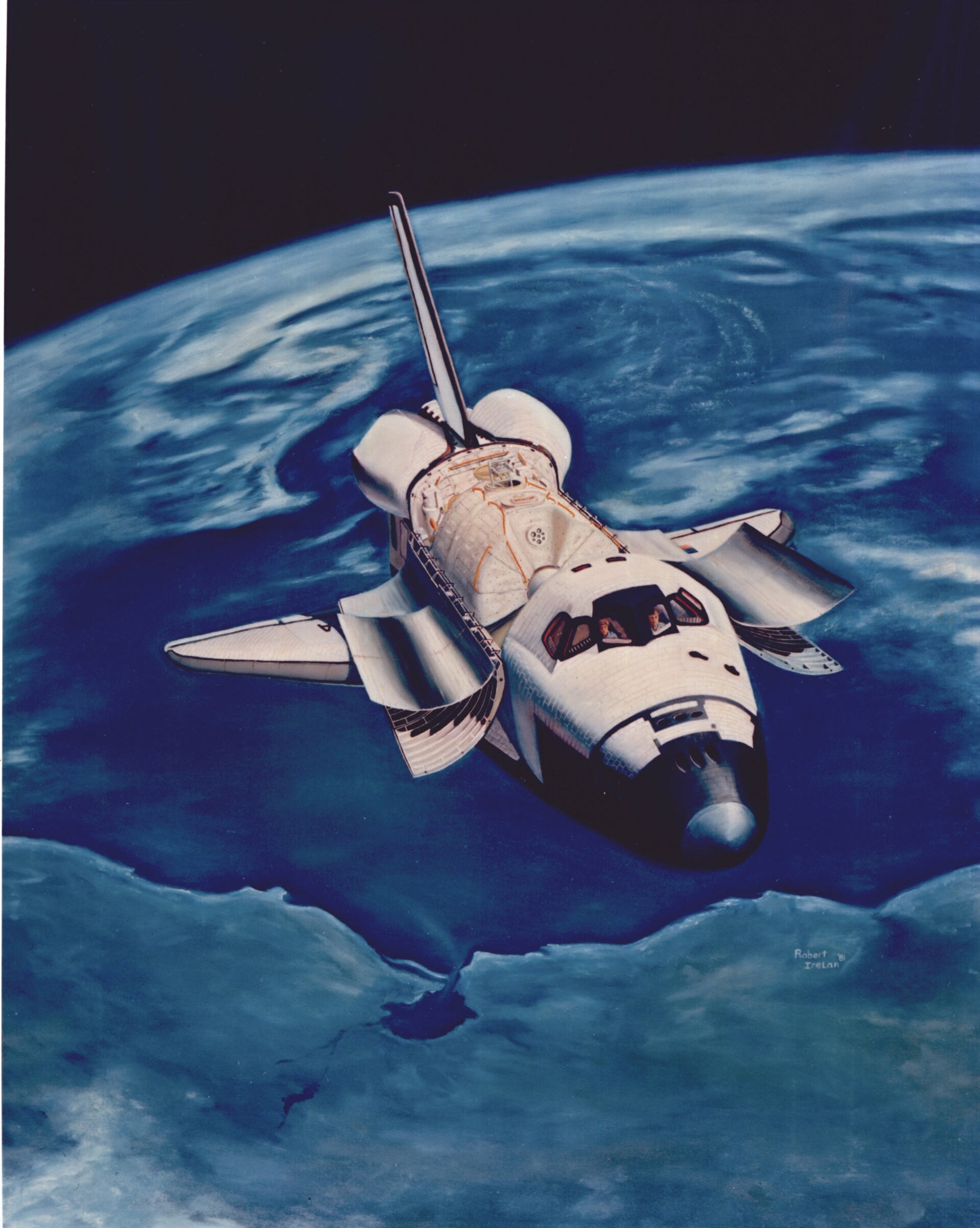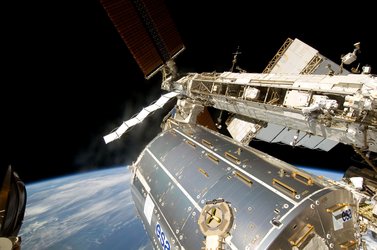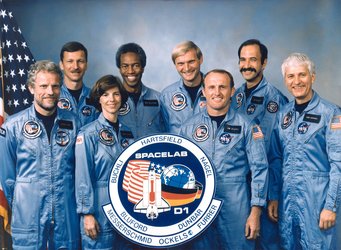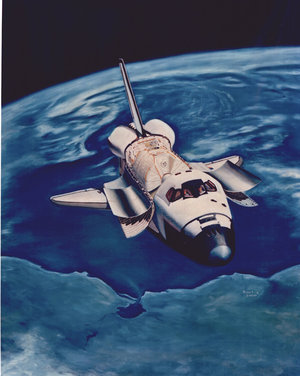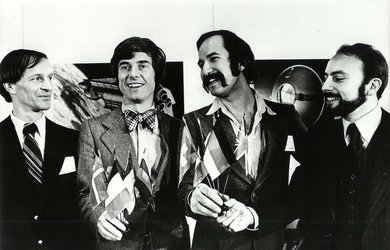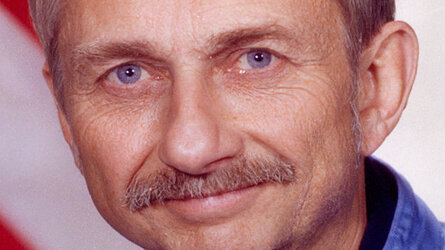Spacelab beginnings
NASA had reached the Moon, with Apollo proving that the boldest goals could be achieved. However, to conduct post-Apollo programmes within reasonable budget limits, a new vehicle was needed to carry astronauts and cargo into space, without throwing away hundreds of million dollars per flight.
Europe, then represented by the European Launcher Development Organisation (ELDO) and European Space Research Organisation (ESRO), the precursors of today’s ESA, was invited to take part in early studies in 1969. ELDO began developing a concept for a reusable ‘space tug’ to ferry cargo from low to geostationary orbits and beyond, but NASA eventually turned to US expendable ‘kick stages’ for this role.
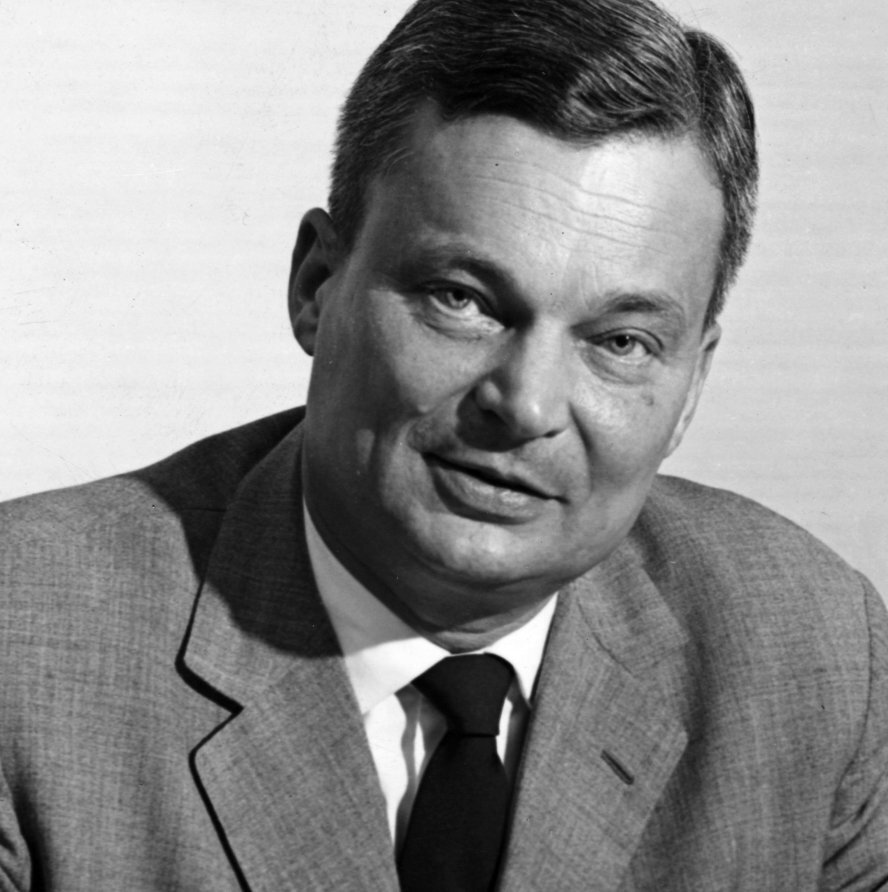
By January 1972, the US President had approved NASA’s next space programme, the pillar of which would be the first reusable launch system: the Space Transportation System (STS) – otherwise known as the ‘Space Shuttle’. However, the Space Station was delayed for an undetermined period, and offers of collaboration with Europe were restricted as well, with the European space tug’s future also uncertain. Still, ESRO continued to work on a ‘sortie module’ to be flown in the Shuttle’s cargo bay, intended to help in performing space science, applications and technology activities.
Even though everyone agreed that this space laboratory could be built in Europe, this choice reflected some of the concerns of NASA in cooperation with other countries: the laboratory had to be self-funded, separable from the Shuttle, and even though it was an integral part of the post-Apollo programme, it should not require the transfer of highly advanced technical information.
But in Europe, the choice whether to accept the American invitation had a much wider significance. Spacelab, as it would be called in Europe from 1973, would begin a new approach to the utilisation of space, whose underlying principle was to support life in space for a long periods. ESRO’s Director General, Alexander Hocker, said, “Spacelab was the indispensable element to transform the Shuttle into a first-generation Space Station.”
Soon after the decision to focus on a sortie laboratory, a NASA technical team visited ESTEC in Noordwijk in June 1972 to share information acquired through previous NASA studies. This would help ESA to assess what financial and technical resources would be required for Europe to develop the laboratory. In the meantime, diplomatic contacts began to plan the cooperation.
In August 1972, a meeting between the European Space Conference Secretariat and NASA was held in Washington DC to discuss the content of agreements on the laboratory. It was agreed that the laboratory was an essential part of the US Space Transportation System but NASA was adamant in that its construction would not guarantee any preferential treatment in the use of the Shuttle; countries participating in the development of the laboratory would enjoy a only priority right to use it but would be entitled to appoint crew members for its flights.
NASA would retain overall responsibility for the total programme and the last word in such vital areas as Shuttle/laboratory interfaces, quality control and safety. In particular, NASA wanted to be able to assess the efficiency of the management plan proposed by ESRO for the Spacelab and stressed the necessity for a ‘unitary management agency’ on the European side.


